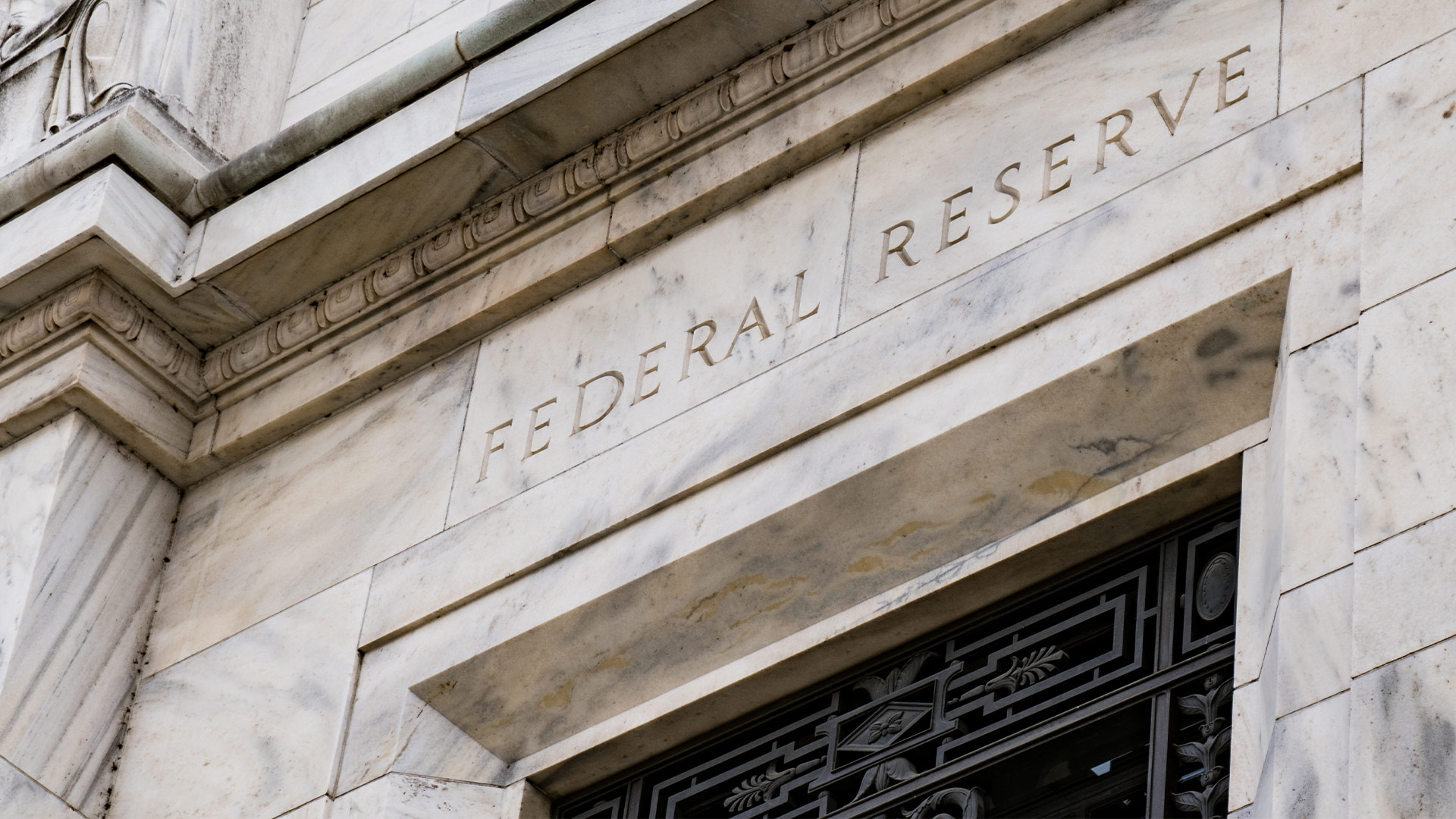Fed makes biggest rate hike in 28 years to fight 2022 inflation

A historical rate hike
The Federal Reserve took a huge swing in its ongoing battle against inflation. The central bank concluded its June meeting by raising its fed funds rate by 75 basis points (0.75%) — its largest hike since 1994.
The war in Ukraine, excessive energy prices and enduring supply chain difficulties continue to keep inflationary pressures on the economy. The Fed’s latest action is an aggressive one and it plans to have similar hikes over the remainder of 2022.
Any borrowers on the fence about refinancing or getting a mortgage should move fast before further interest rate increases hit the lending market throughout the rest of the year.
The Fed’s role and the latest FOMC meeting
The Federal Reserve doesn’t actually determine mortgage interest rates. Rather, mortgage rate movement is intrinsically correlated with the Fed’s policy actions.
Due to inflation remaining out of control and ongoing pandemic-related supply imbalances, the central bank voted to get more aggressive with its policies.
After the Federal Open Market Committee (FOMC) concluded its June 15 meeting, the central bank announced a 75 basis point (0.75%) increase to the target range of its federal funds rate — its largest hike since 1994. The FOMC “anticipates ongoing increases in that range will be appropriate” following the four meetings remaining in 2022, according to its press release.
“A federal funds target rate likely to reach almost 4% by the end of 2023 should be effective in slowing the economy and ultimately bringing down inflation.”
-Mike Fratantoni, chief economist at the Mortgage Bankers Association
The Fed’s balance sheet reduction will also continue, rolling off $30 billion in Treasury holdings and $17.5 billion in mortgage-backed securities (MBS) in June and July. This roll off is another factor that puts upward pressure on interest rates.
“The Federal Reserve is racing to catch up to economic events, announcing today a 75-basis-point increase and signaling more increases to come,” said Mortgage Bankers Association chief economist Mike Fratantoni. “A federal funds target rate likely to reach almost 4% by the end of 2023 should be effective in slowing the economy and ultimately bringing down inflation.”
The U.S. inflation rate grew to 8.6% in May, its highest rate since December 1981, according to the Bureau of Labor Statistics. The FOMC wants to return inflation to 2% and said it is prepared to adjust its monetary policies if risks emerge within the labor market, public health, and international developments.
What this means for borrowers
Mortgage rates have surged throughout the year and the Fed’s latest decision signals more growth is likely to come.
The FOMC meets four more times in 2022 and said it anticipates similar rate hikes at each of them. If that does end up being the case, interest rates may not be lower than they are right now for the foreseeable future.
The next committee meeting takes place on July 26-27, so if you’re looking to buy a home or refinance your mortgage, the time is now.
The information contained on The Mortgage Reports website is for informational purposes only and is not an advertisement for products offered by Full Beaker. The views and opinions expressed herein are those of the author and do not reflect the policy or position of Full Beaker, its officers, parent, or affiliates.
Comments are closed.